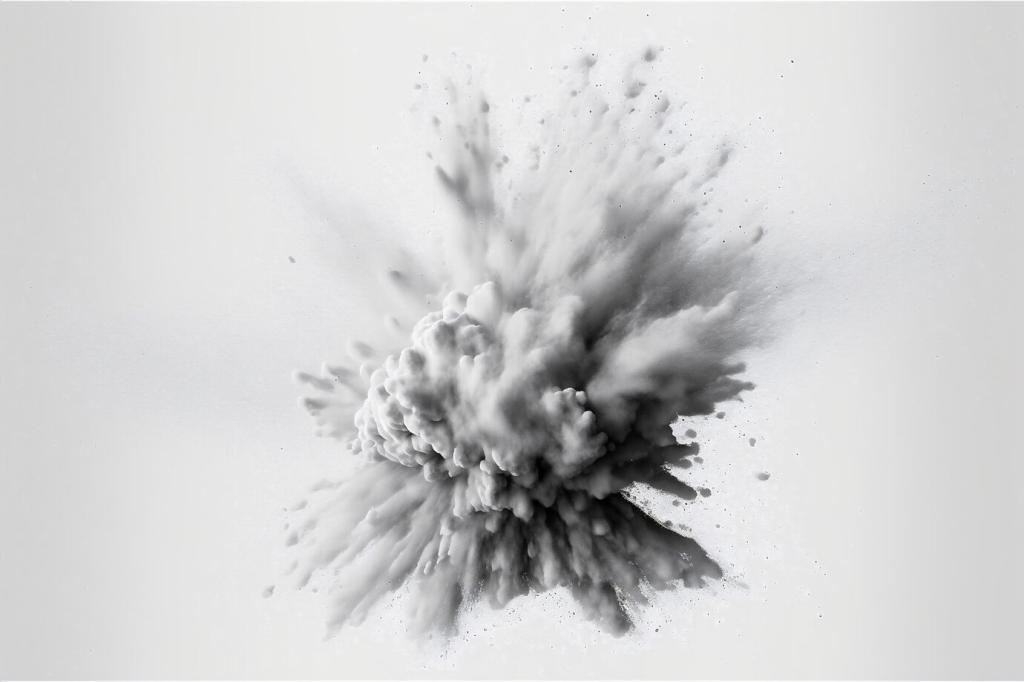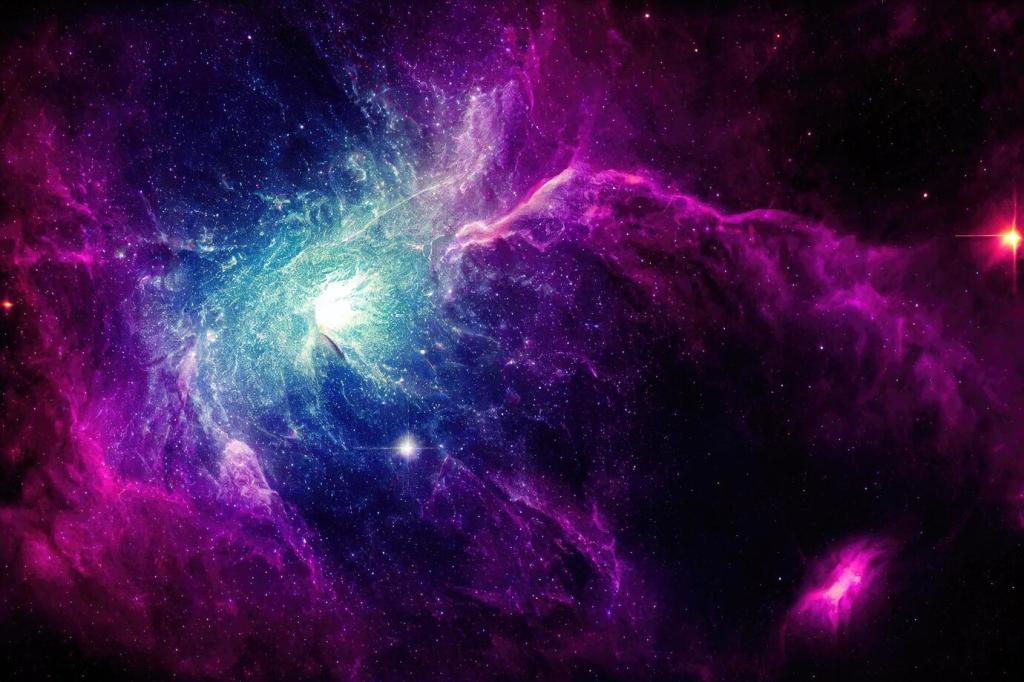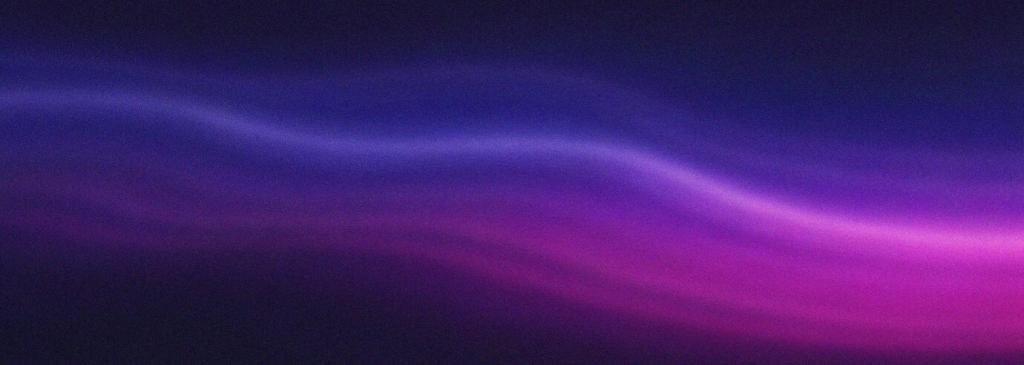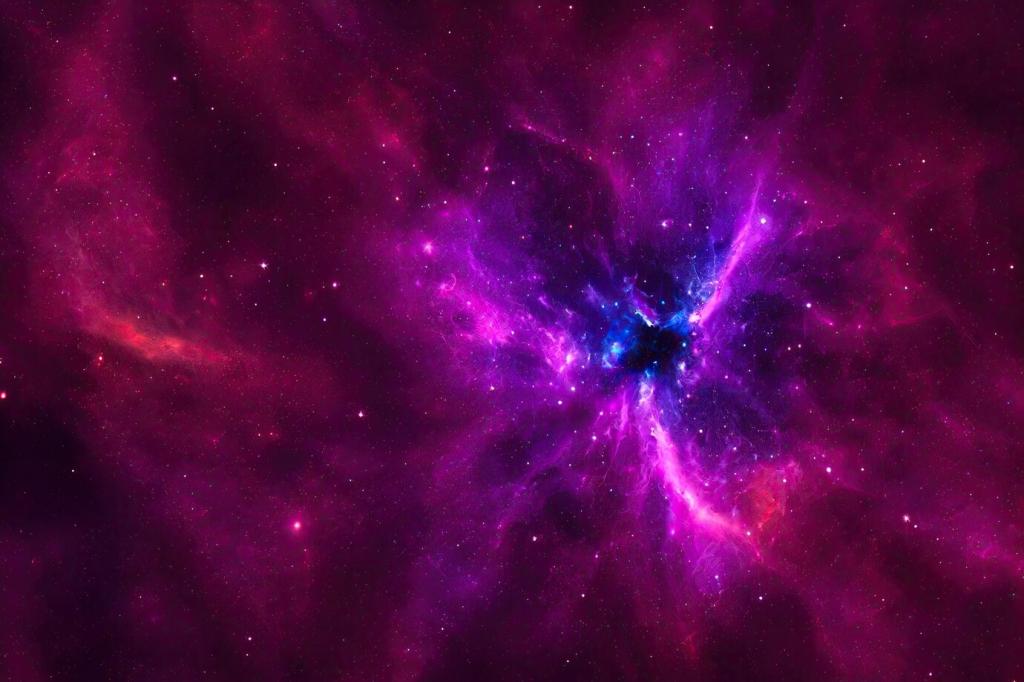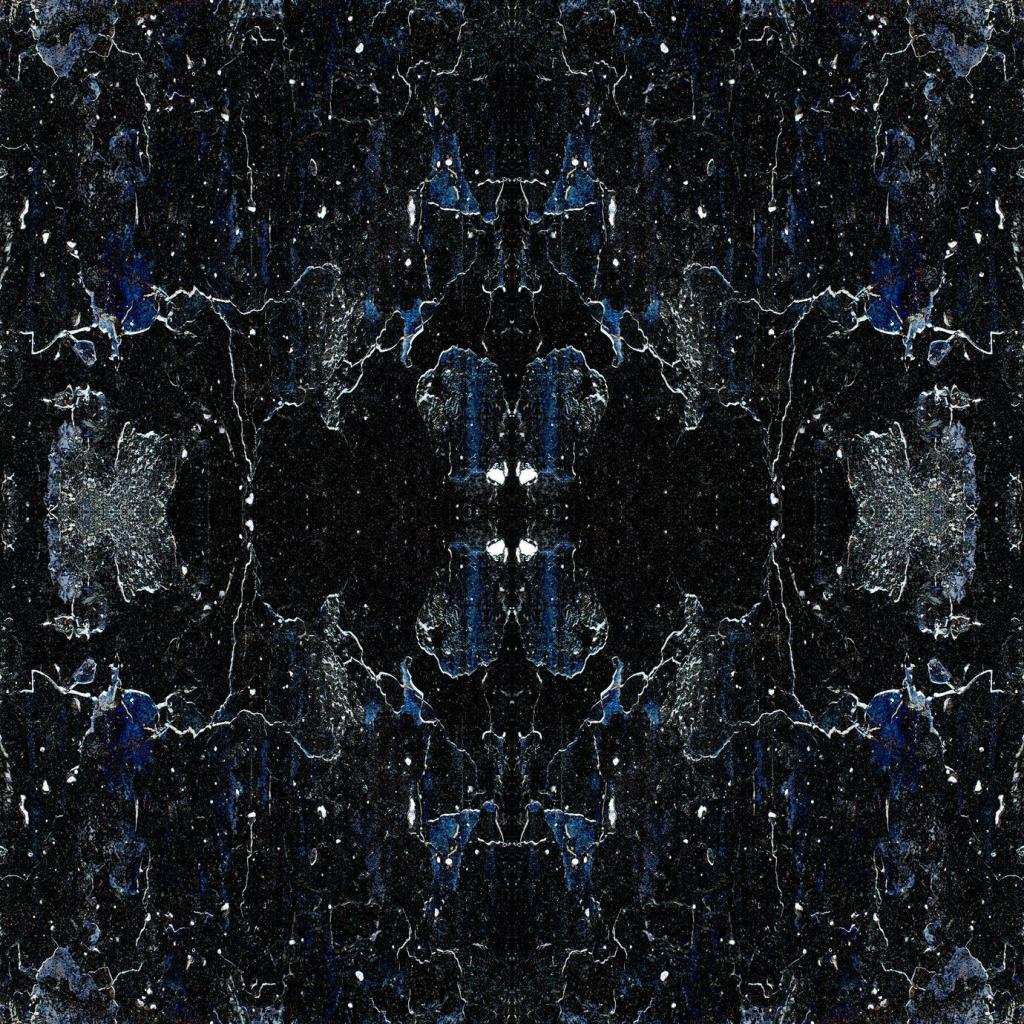Typography on Celestial Paths
Set type along arcs echoing planetary rings. Elliptical baselines wrap hero messages, while microcopy follows smaller orbits around icons. Keep letterfit even, and protect legibility by avoiding extreme curvature for longer sentences or narrow, delicate typefaces.
Typography on Celestial Paths
Hierarchy behaves like gravity. Heavy display fonts act as massive bodies; lighter text orbits their influence. Use size, weight, and spacing to simulate attraction, creating clear pathways from headline to button without resorting to intrusive arrows or decoration.
Typography on Celestial Paths
Ligatures and connective strokes can suggest starmaps without cliché. Try a spark-like tittle on the lowercase i, or a linking line that implies a constellation. Keep it meaningful, testing brand tone so whimsy never undermines clarity or trust.
Typography on Celestial Paths
Lorem ipsum dolor sit amet, consectetur adipiscing elit. Ut elit tellus, luctus nec ullamcorper mattis, pulvinar dapibus leo.

